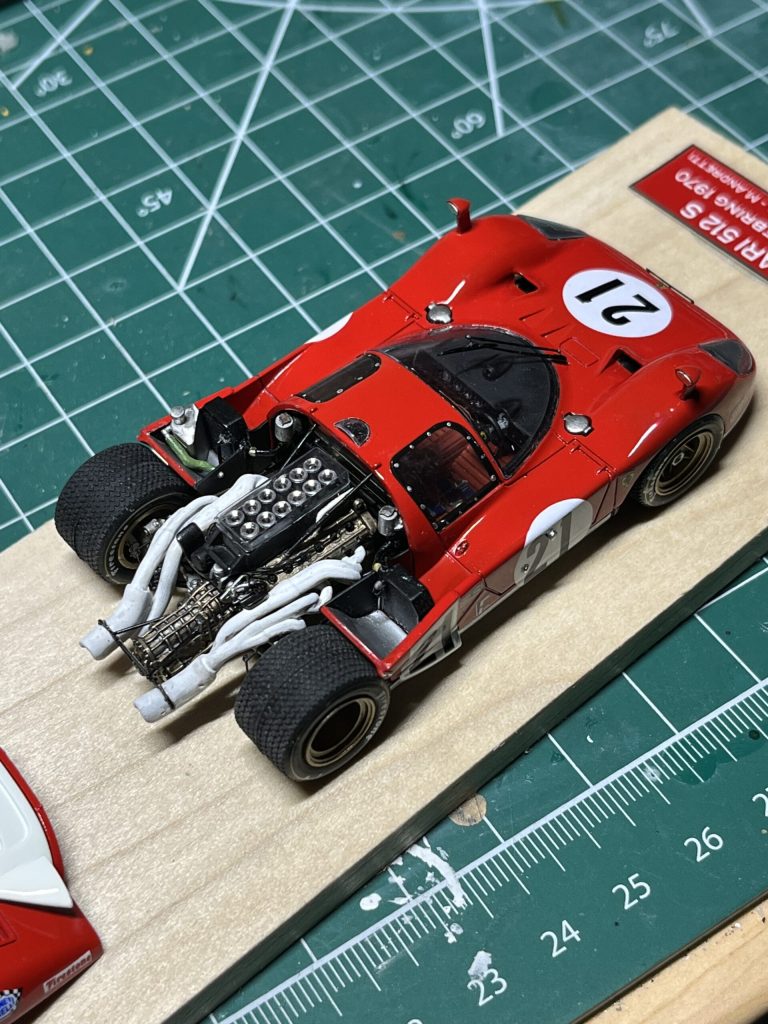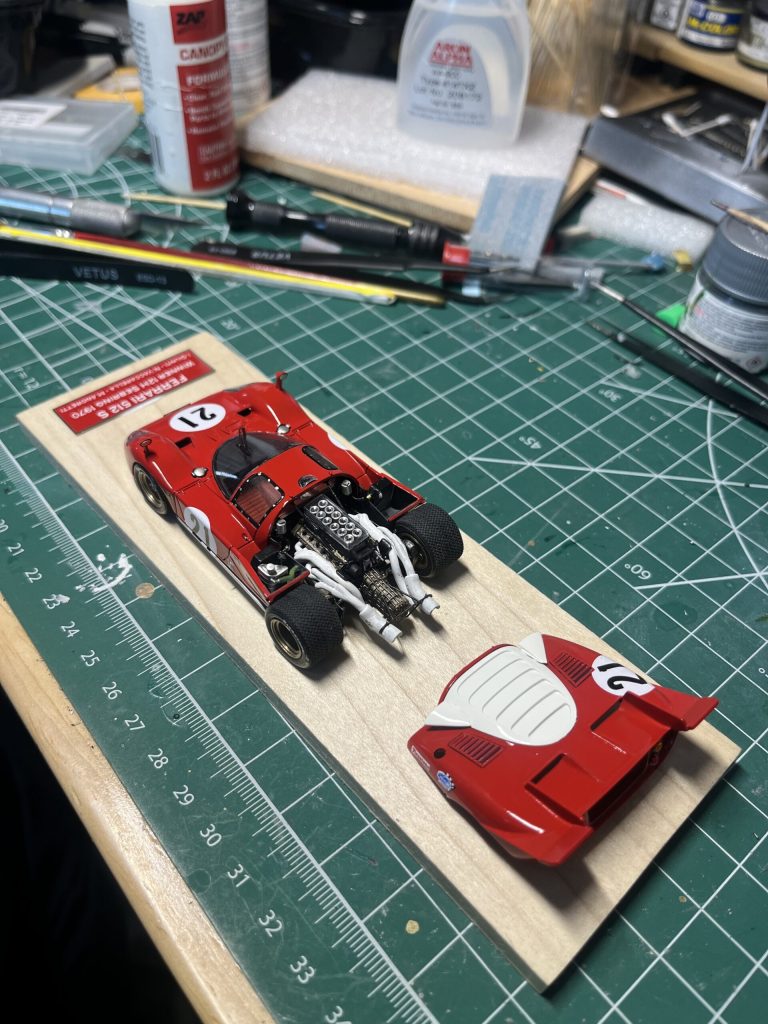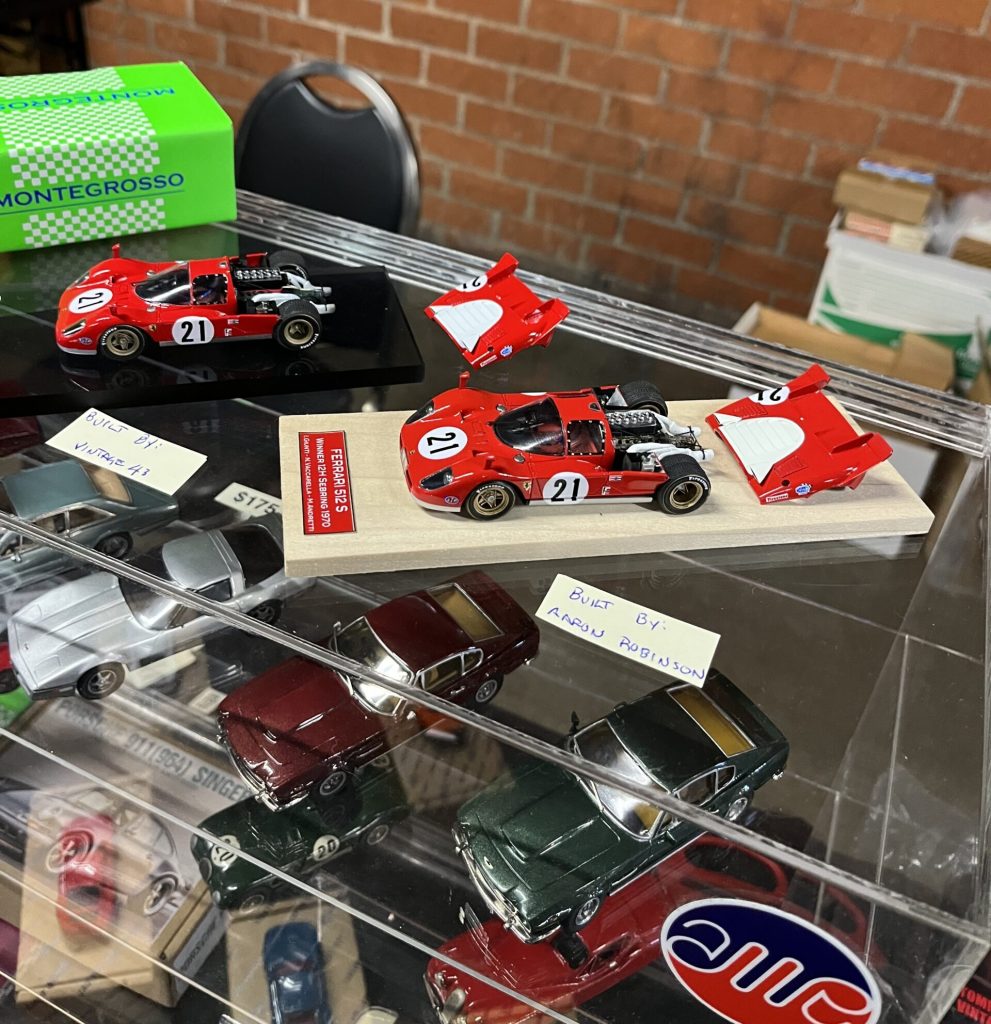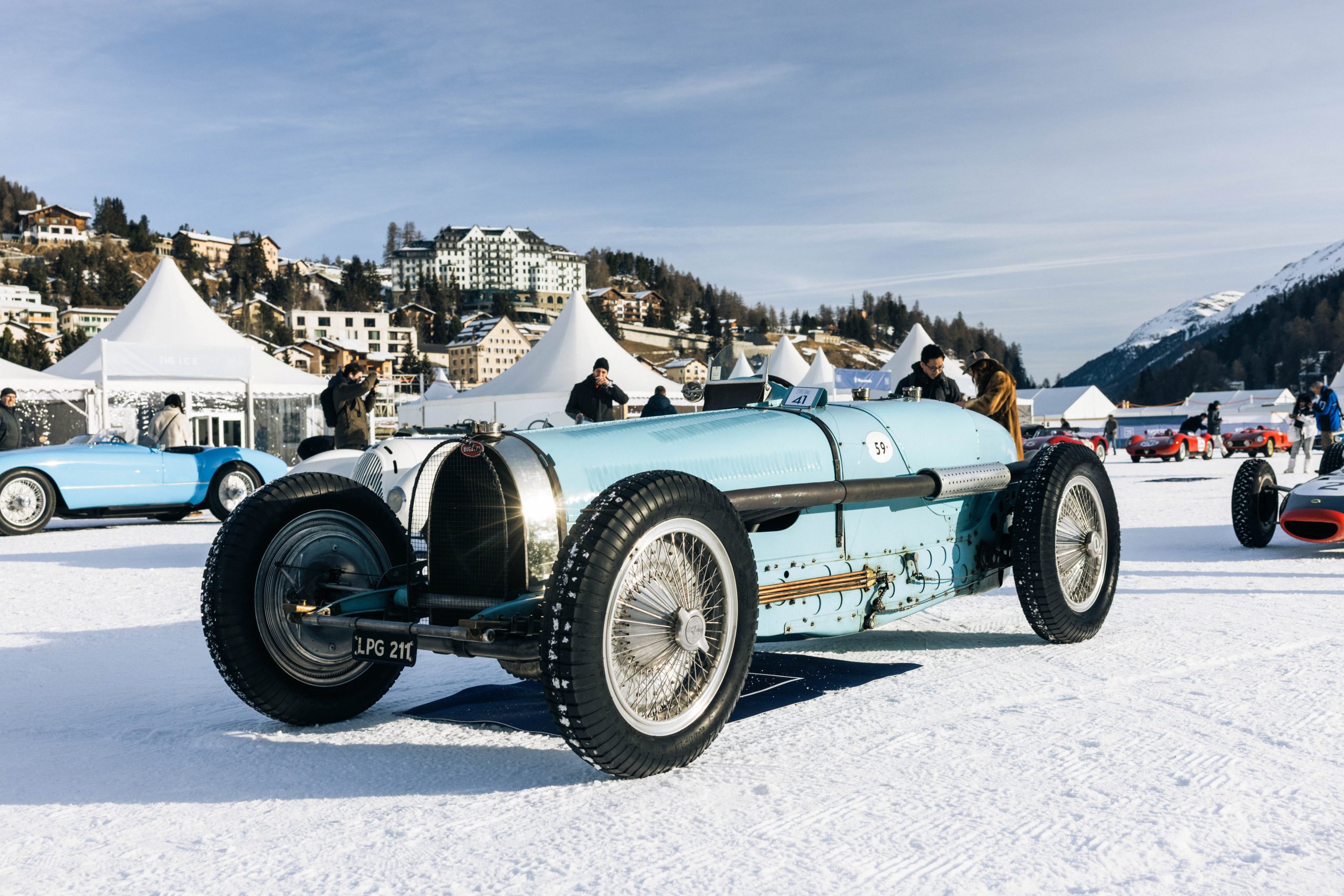Editor’s note: Aaron Robinson is a time-served motoring journalist and Editor-at-large for Hagerty Media in the US, who spends rather too much time tinkering with cars of all sizes.
Four months of squinting through jewellers’ glasses at a tiny lump of metal moulded in the shape of a 1970 Ferrari 512S and I declared — well, not victory, exactly, but a sort of détente. I had run out of parts to stick on it and would have to settle for what I believed to be the flawed result of a truly absurd tally of hours. The headlight lenses that didn’t fit quite right. The decals that didn’t lie down across the contours perfectly. The little globby beads where I had gotten a bit too effusive with the glue. Then I took the glasses off and gazed upon my work with failing middle-aged eyes now shorn of 3.5x magnification. And I had to admit that the finished product didn’t completely suck.

I started building 1/43rd-scale models in high school because I like miniature things and the smaller, the better. Plus, my attention span was too short to build the bigger 1/20th- and 1/12th-scale plastic jobs that have a billion parts. Then I quit for 30 years to focus on real cars. A couple of years ago, I took up modeling again, throwing adult sums of money at it. I bought finely made tweezers and jewelers’ drills. I lined one whole wall of my office with paint jars from Japan, where modeling is still a national passion, and bought an imported airbrush and a paint booth with a fan to extract fumes through a filter. And I ordered the Rolls-Royce of magnifying glasses, with a choice of five lenses, a little swing-down monocle that provides extra-extra magnification, an adjustable padded headband, and an integrated rechargeable LED light.
Most of the companies of my youth are gone, killed off by a flood of Chinese die-casts and a generational shift away from hands-on hobbies. However, Tameo Kits, operating out of a small workshop in northwest Italy, still produces a few thousand kits each year from a catalog of more than 700 subjects, mostly 1970s and ’80s F1 cars and sports-racers. The company applies modern tech to its old-world product, such as computer-aided design and spin-casting of the white metal (a malleable mix of tin and copper that goes back to toy soldier days). Unlike the kits of my youth, which resembled lead fishing sinkers, Tameo’s exquisite kits fit together precisely with a minimum of filing and shaping.

Four months of work on this tiny lump of metal produced yet another dust collector for my shelf. But it was a far better use of time than staring at screens. That makes them a favourite among the modellers who like to work in the fiddly 1/43rd scale, a relic of early model railroading that reduces, say, Ayrton Senna’s 1988 championship-winning McLaren MP4/4 down to a tiny shelf sculpture barely four inches long. “Our kits aren’t exactly the easiest thing to assemble,” acknowledged company founder Luca Tameo when I emailed him some questions. “It takes skill and excellent equipment to be able to make a finished model of good quality.”
I follow expert builders on social media, which is both good for picking up tips and terrible for the ego. But I learned they also screw up and sometimes resort to dunking the whole model in solvent to start over. One Japanese builder, who goes by @hantyan2015 on Instagram, calls it “the Bath of Shame.”

The Ferrari, a 250-piece kit of the car Mario Andretti helped crew to victory at the 1970 12 Hours of Sebring, was a challenge from my friend David Barnblatt, a video producer in Los Angeles who runs a side hustle called Vintage43.com selling model cars and kits. He corralled me and East Coaster Tim McNair, a skilled painter of both models and real cars, into building the same Tameo kit as a social media challenge. Tim finished first, producing a museum-quality model. I finished last, producing more of a ten-footer. Though the kit includes extensive instructions, we each applied our own artistic flourishes. David built his to resemble the restored car in modern times, while Tim and I both aimed to replicate the car as it raced back in the day.
That’s the great thing about building versus buying a pre-made die-cast; you make it the way you want it. That and the pride of creating a thing. Visitors to the house always ask me which of my far-too-many models I made myself, and I am eager to point them out. In the 21st century, when so many people spend so much free time staring at screens, old-fashioned hobbies like car-wrenching, woodworking, and model-making are a gift you give to your brain and hands and soul.
Your eyes – well, not so much.

***
This article first appeared in the July/August issue of Hagerty Drivers Club magazine.









